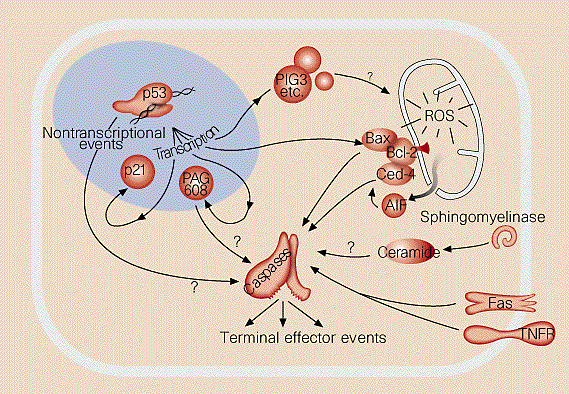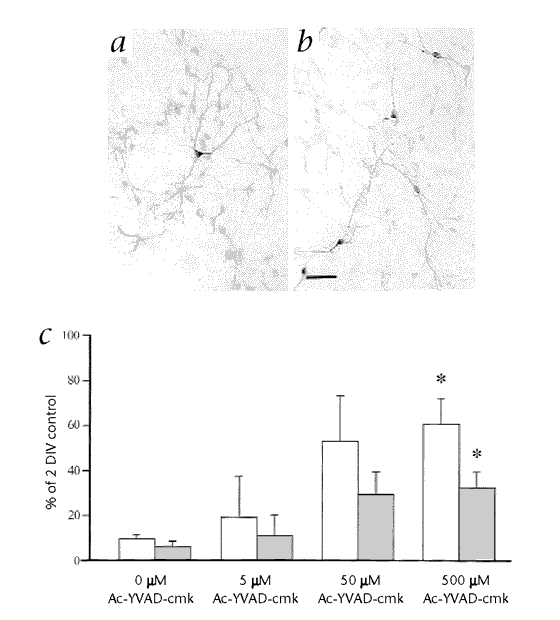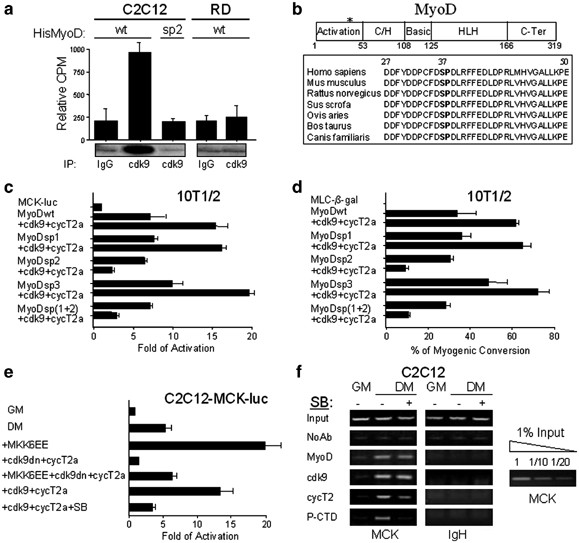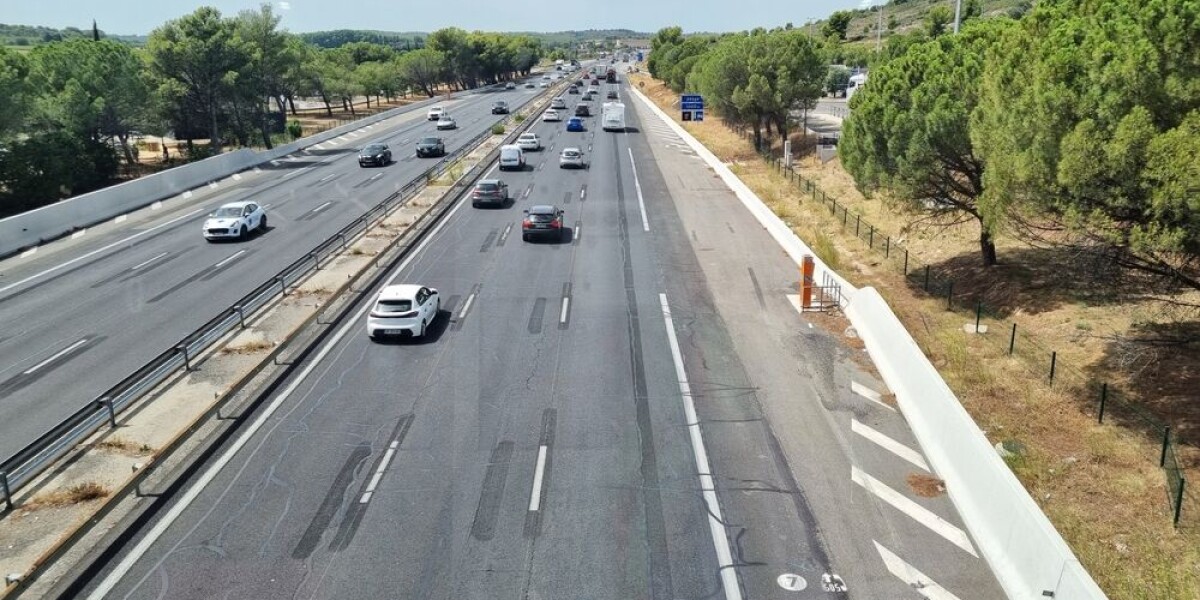
- Select a language for the TTS:
- UK English Female
- UK English Male
- US English Female
- US English Male
- Australian Female
- Australian Male
- Language selected: (auto detect) - EN
Play all audios:
Access through your institution Buy or subscribe Understanding the elements in this connection would give insight into the mode of action of ionizing radiation and many drugs used in cancer
therapy. Further, there is some — albeit incomplete — evidence that, through this function, p53 commits to death those cells that have sustained DNA damage from mutagens, so purging tissues
of the founder cells of cancer2,3. p53 is also apparently responsible for cell deletion following hypoxia4. Mechanistically, this might be merely a restatement of the theme of DNA damage,
because hypoxia, particularly if it is of fluctuating extent, can lead to bursts of production of reactive oxygen species (ROS), which in turn can engender DNA strand breaks. Conceptually,
however, it raises the possibility that pharmacological regulation of p53 action might significantly modify the extent of hypoxic tissue injury in myocardial infarction and stroke5. Death is
not the only possible outcome of p53 expression after a cell has been injured. In many circumstances, defined in part by cell lineage but also by other, ill-understood factors, the injured
cells survive, but are retained in the G1 phase of the cell cycle, sometimes for long periods6. The basis for this arrest is induction by p53 of the cyclin kinase inhibitor p21 _waf-1_ .
Results from p21 knockout animals and other experiments, however, show unequivocally that p21 is not required for post-injury, p53-dependent apoptosis7,8. This implies that, downstream of
p53 activation, there is a means of making the ultimate choice between life and death, but the molecular basis of this choice is enigmatic9. This is a preview of subscription content, access
via your institution ACCESS OPTIONS Access through your institution Subscribe to this journal Receive 51 print issues and online access $199.00 per year only $3.90 per issue Learn more Buy
this article * Purchase on SpringerLink * Instant access to full article PDF Buy now Prices may be subject to local taxes which are calculated during checkout ADDITIONAL ACCESS OPTIONS: *
Log in * Learn about institutional subscriptions * Read our FAQs * Contact customer support REFERENCES * Polyak, K., Xia, Y., Zweier, J. L., Kinzler, K. W. & Vogelstein, B. _Nature_ 389,
300–305 (1997). Article ADS CAS Google Scholar * Griffiths, S. D. _et al. Oncogene_ 14, 523–532 (1996). Google Scholar * Clarke, A. R., Howard, L. A., Harrison, D. J. & Winton, D.
J. _Oncogene_ 14, 2015–2018 (1997). Google Scholar * Graeber, T. G. _et al. Nature_ 379, 88–91 (1996). Google Scholar * Hara, H. _et al. Proc. Natl Acad. Sci. USA_ 94, 2007–2012 (1997).
Google Scholar * Linke, S. P. _et al._ _Cancer Res._ 57, 1171–1179 (1997). Google Scholar * Deng, C. X. _et al. Cell_ 82, 675–684 (1995). Google Scholar * Attardi,L. D. et al. _EMBO J._
15, 3693-3701 (1996). * Polyak, K. _et al._ _Genes Dev._ 10, 1945–1952 (1996). Google Scholar * Zhang, L. _et al. Science_ 276, 1268–1272 (1997). Google Scholar * Kroemer, G. _Nature Med._
3, 614–620 (1997). Google Scholar * Zou, H. _et al._ _Cell_ 90, 405–413 (1997). Google Scholar * Shimizu, S. _et al. Nature_ 374, 811–813 (1995). Google Scholar * Jacobson, M. D. &
Raff, M. C. _Nature_ 374, 814–816 (1995). Article ADS CAS Google Scholar * Caelles, C., Helmberg, A. & Karin, M. _Nature_ 370, 220–223 (1994). Article ADS CAS Google Scholar *
Israeli, D. _et al. EMBO J._ 16, 4384–4392 (1997). Google Scholar Download references AUTHOR INFORMATION AUTHORS AND AFFILIATIONS * the Sir Alastair Currie CRC Laboratories, University of
Edinburgh, Western General Hospital, Crewe Road, EH4 2XU, Edinburgh, UK Andrew Wyllie Authors * Andrew Wyllie View author publications You can also search for this author inPubMed Google
Scholar RIGHTS AND PERMISSIONS Reprints and permissions ABOUT THIS ARTICLE CITE THIS ARTICLE Wyllie, A. Clues in the p53 murder mystery. _Nature_ 389, 237–238 (1997).
https://doi.org/10.1038/38405 Download citation * Issue Date: 18 September 1997 * DOI: https://doi.org/10.1038/38405 SHARE THIS ARTICLE Anyone you share the following link with will be able
to read this content: Get shareable link Sorry, a shareable link is not currently available for this article. Copy to clipboard Provided by the Springer Nature SharedIt content-sharing
initiative








